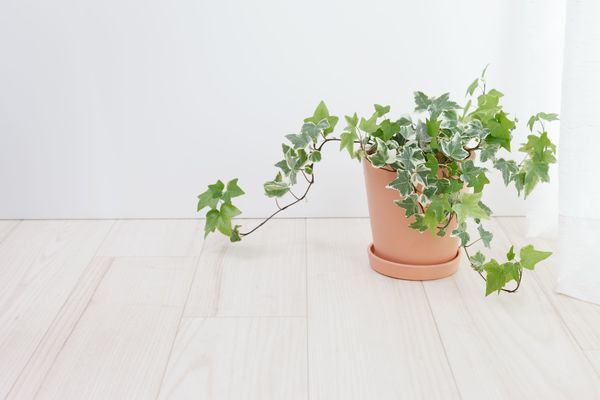It’s officially winter, and for a lot of us, that means a dreary garden. All the fragrance and vibrant hues from just a few months (even weeks!) ago is but a memory. The winter has crept up, and with it frosty temperatures and a halt to all the blooming and harvesting. We’ve still got the whole season ahead of us, but that doesn’t mean it’s time to let go of that shovel and watering can. Now’s a great time to cultivate plants indoors. While your summertime garden waits out the freezing weather, you can satisfy your green thumb by growing new plants inside the house.

English Ivy is an elegant house plant that’s relatively easy to care for. If you’re trying your hand at indoor gardening for the first time, it’s a great choice! It comes in hundreds or varieties, thus you can choose from a range of leaf shapes, colors, and sizes. Ivy plants are broken down into categories, for example:
Heart-shaped/Sweetheart-Leaves look almost leather-like and are rarely lobed.
Variegated– Ivy plants consisting of 2+ colors.
Curly– Leaves are wavy, ruffled or ridged
Bird’s Foot- Just as the name would have you believe, leaves are long and thin, resembling bird footprints.
Miniature– Perfect for terrariums, leaves are tiny (3/4 inch long – 1/2 inch wide) and grow slowly.
Once you’re ready to plant, choose a pot that provides good drainage. Use rich, all-purpose potting soil or a soil-less potting mix. Think carefully about where you place your ivy. These plants do best with moist, humid air and cool nights (below 60 degrees F). Place the ivy where it will receive bright filtered light, but not direct sunlight. Keep it far from where a cold draft might hit.
There are some simple things you can do to promote a moist (and therefore ideal) environment for your English ivy. During winter, try misting the plant with room-temperature water. You can also place the ivy pot on pebbles in a low tray containing water. This will prevent the plant from drying up during the colder months.
Ivy’s growth period is generally from spring to fall. During this time you should plan on applying fertilizer for foliage plants monthly. Want to spread your ivy and keep it looking full? Try snipping off about 5 inches of a stem end. After removing any leaves, place the stem in a small vase of water and put it on a windowsill that receives plenty of sunlight. Roots will begin to grow within a few days! After theyíve reached about 3 inches long, you can transfer the plant into a pot with moist soil.
SKM: below-content placeholderWhizzco for CRH

